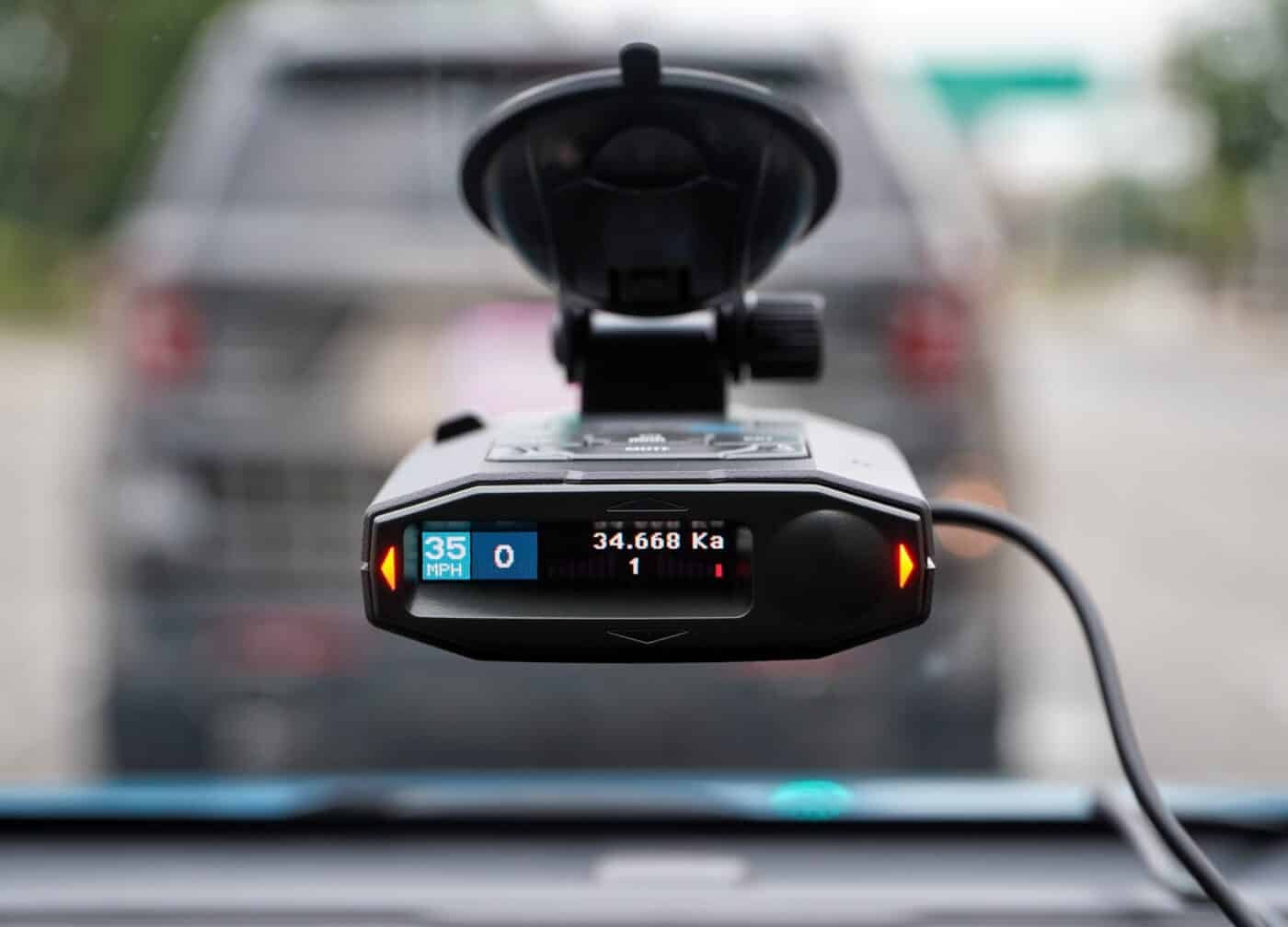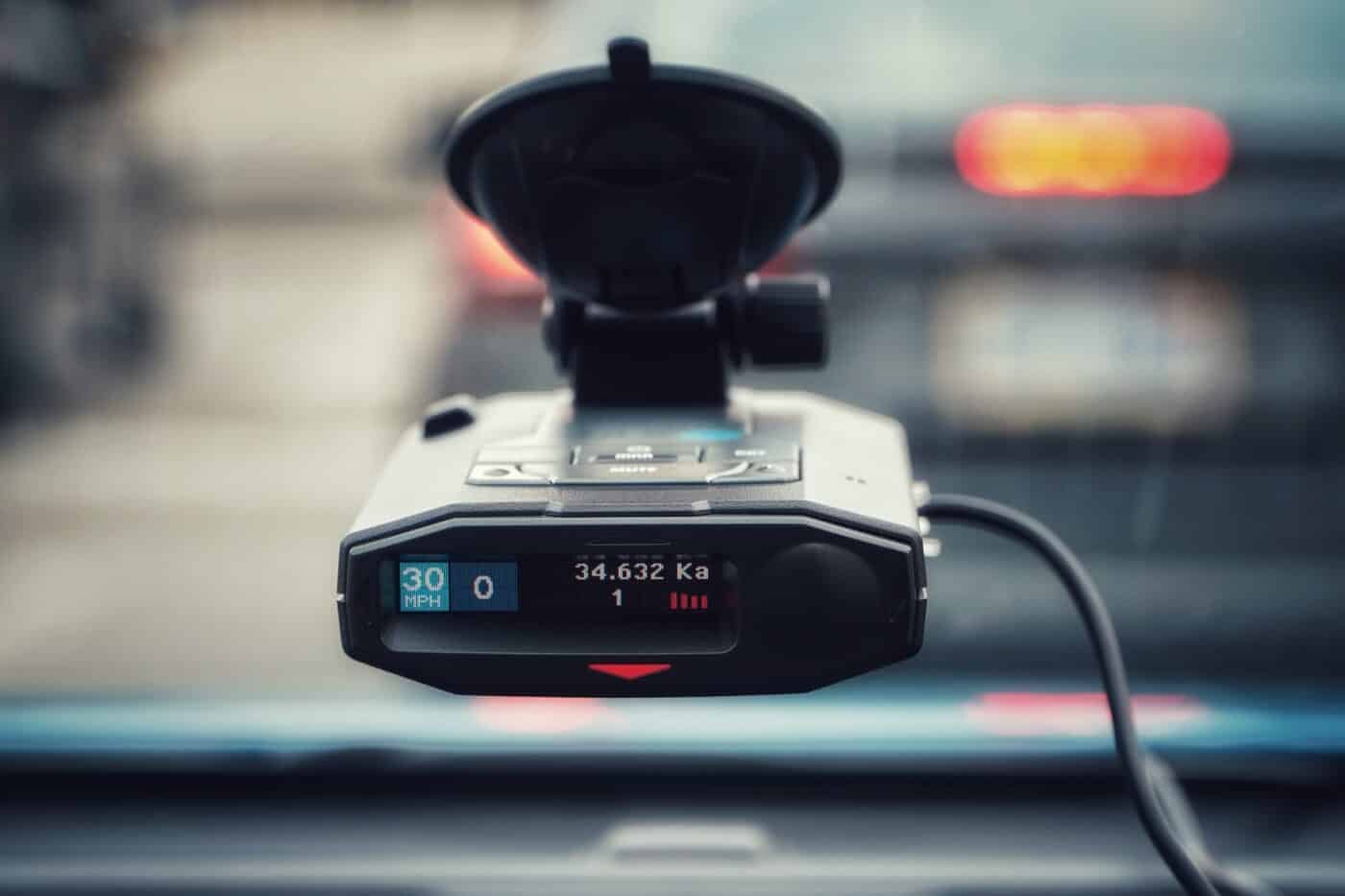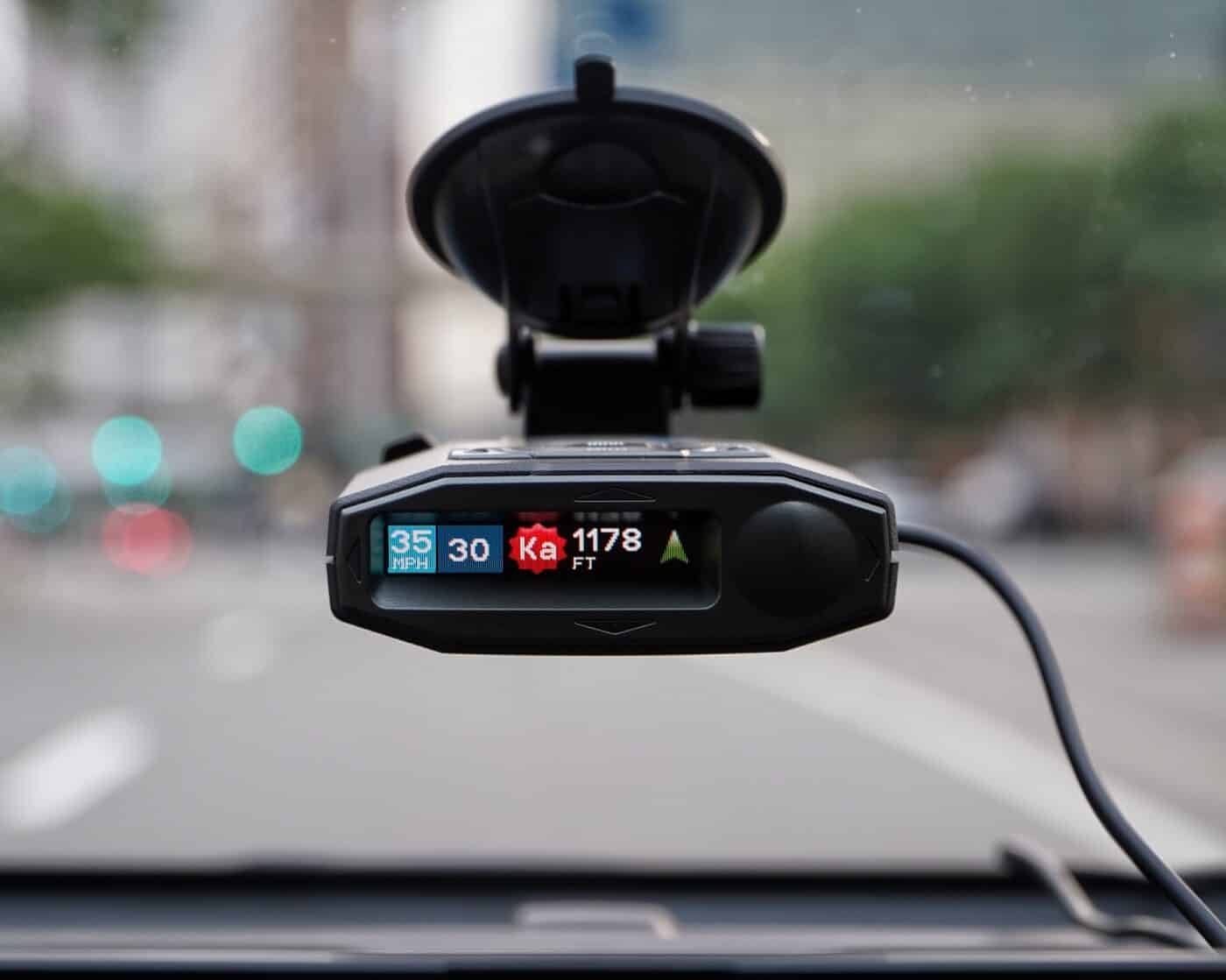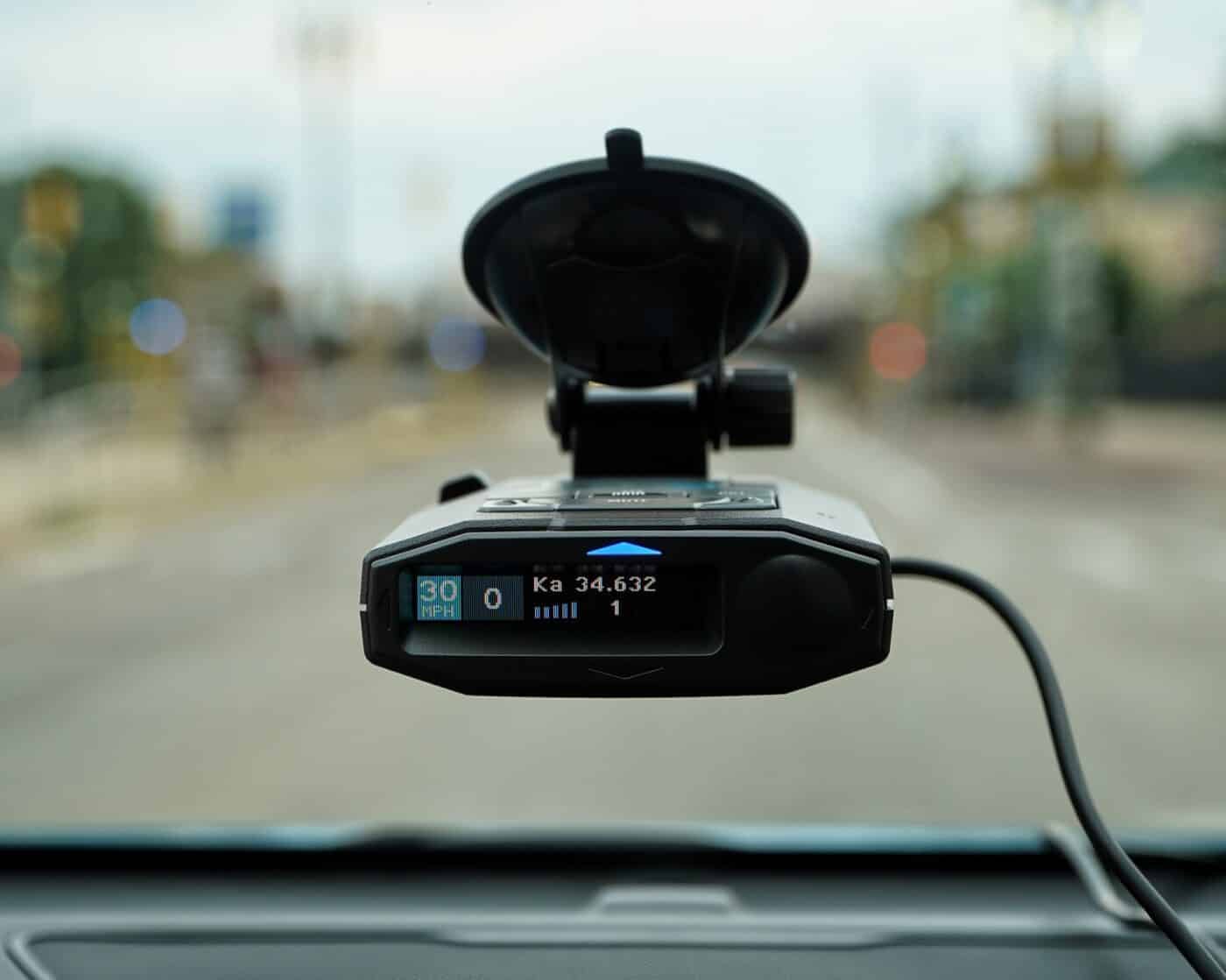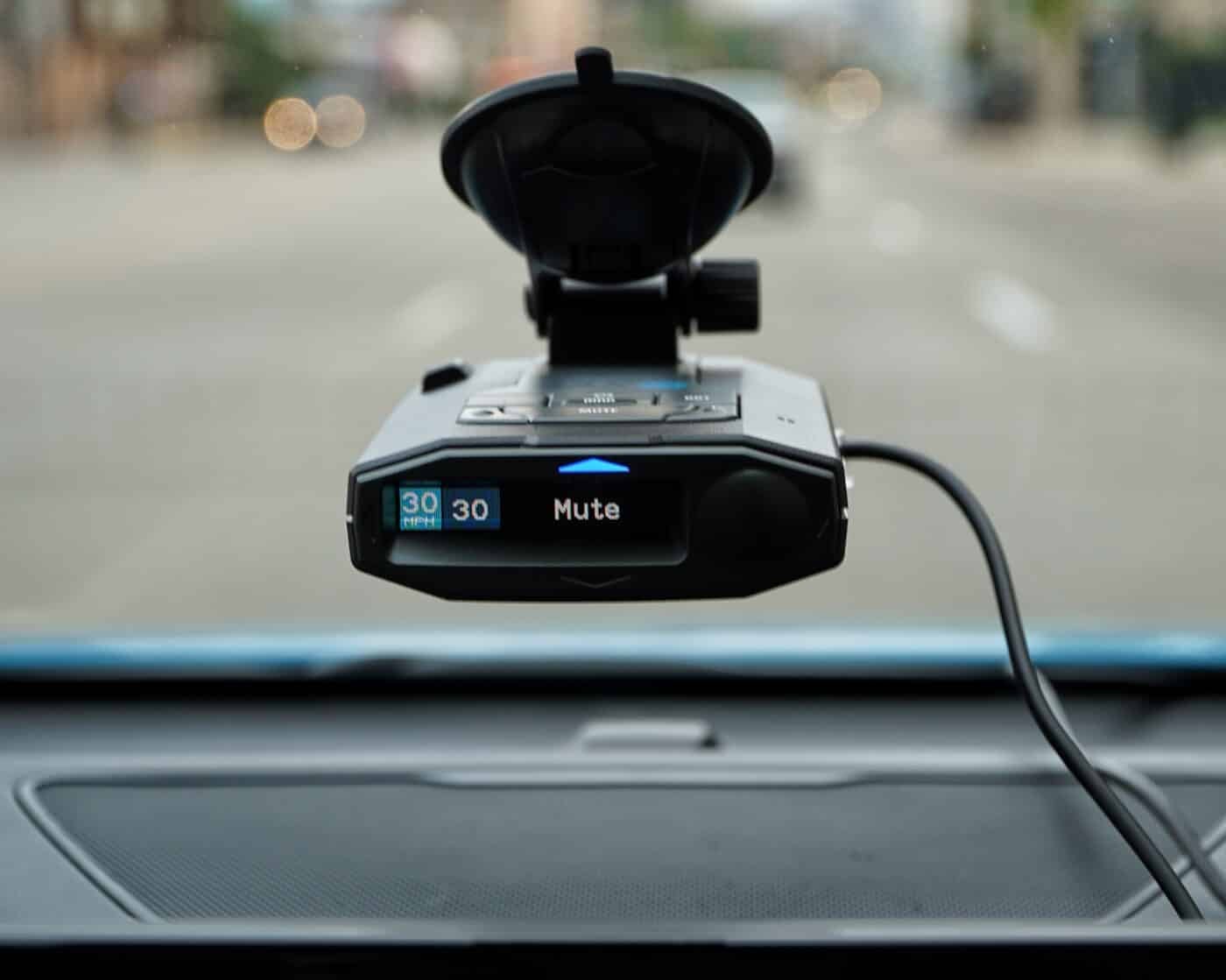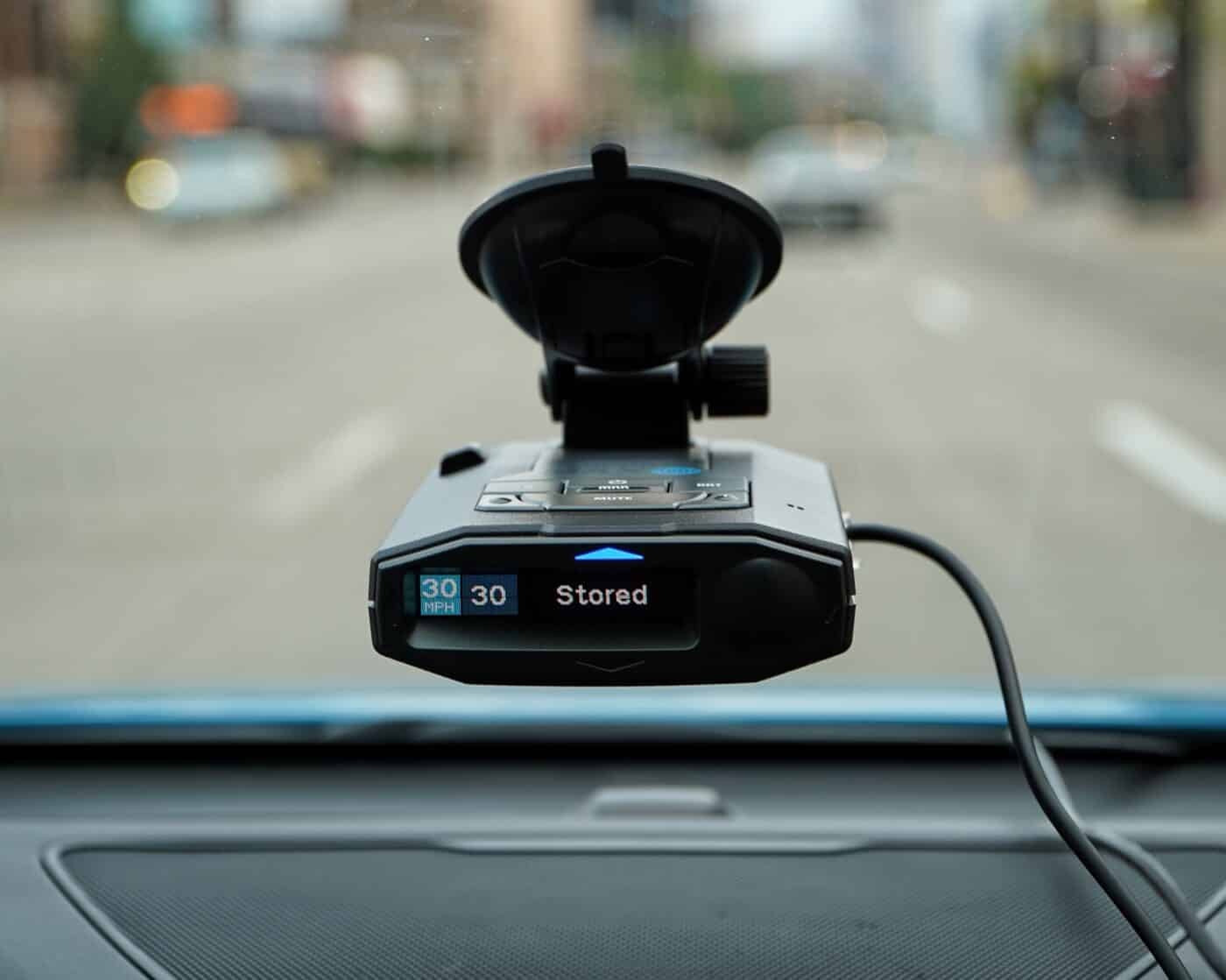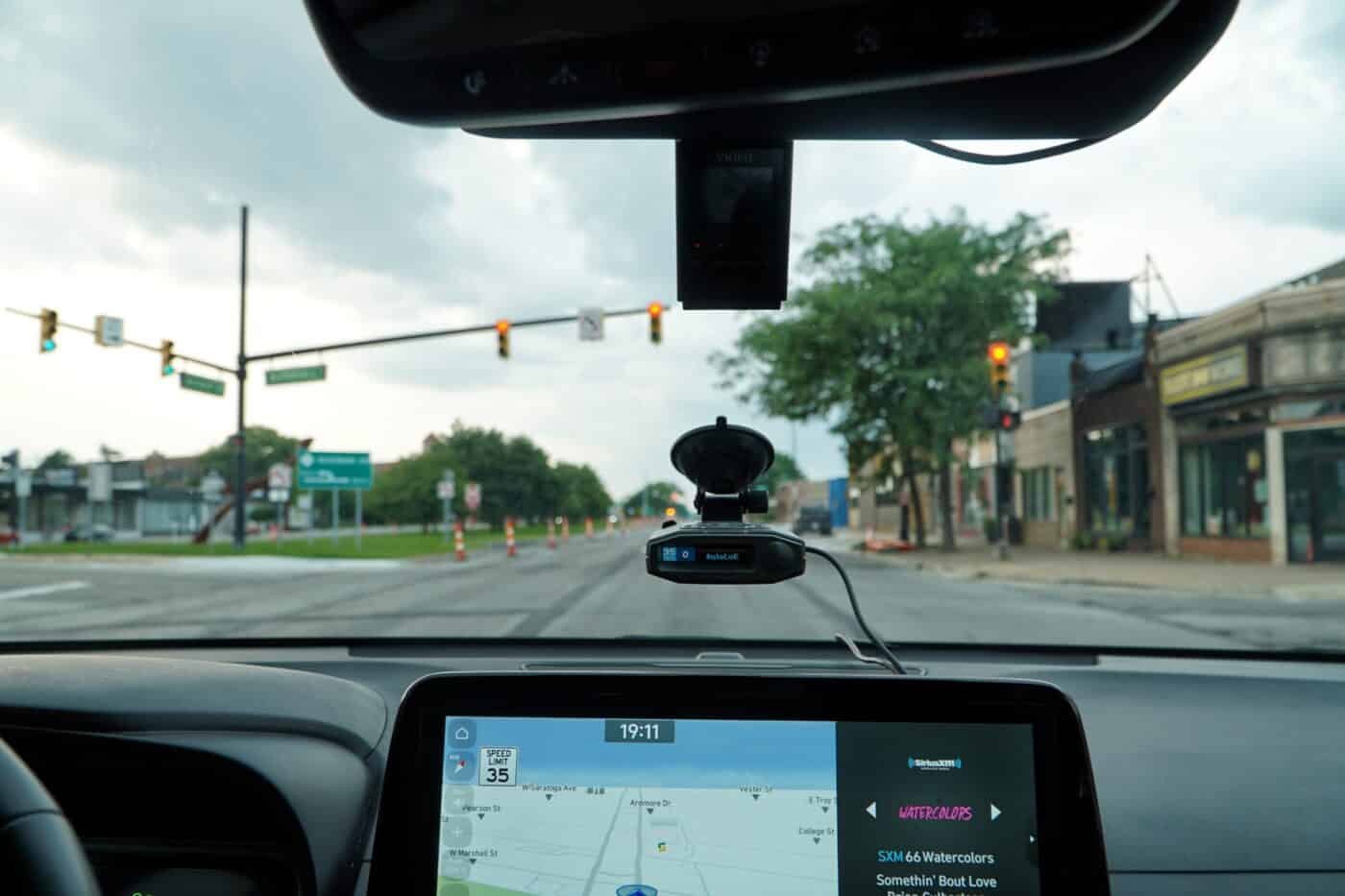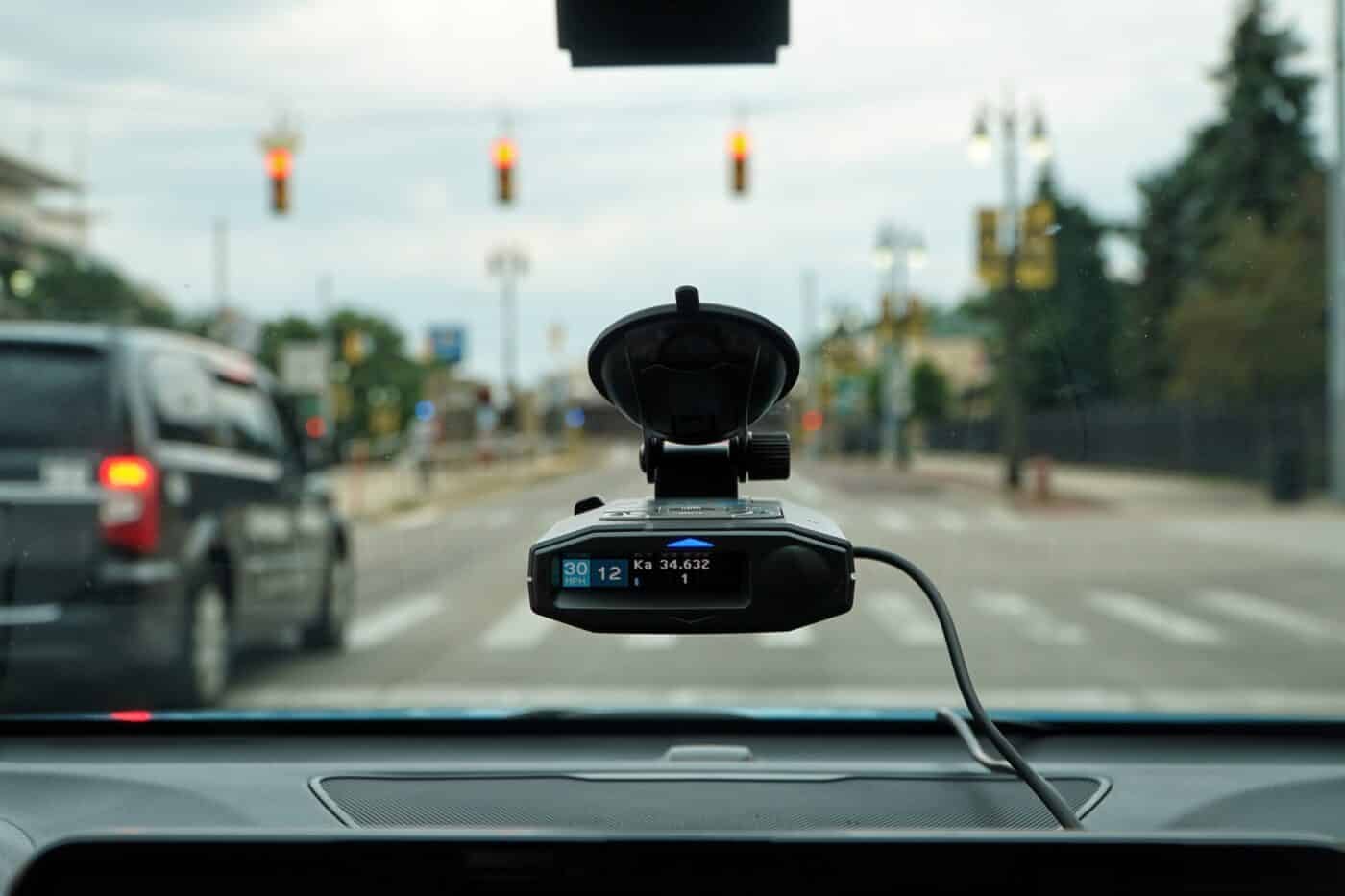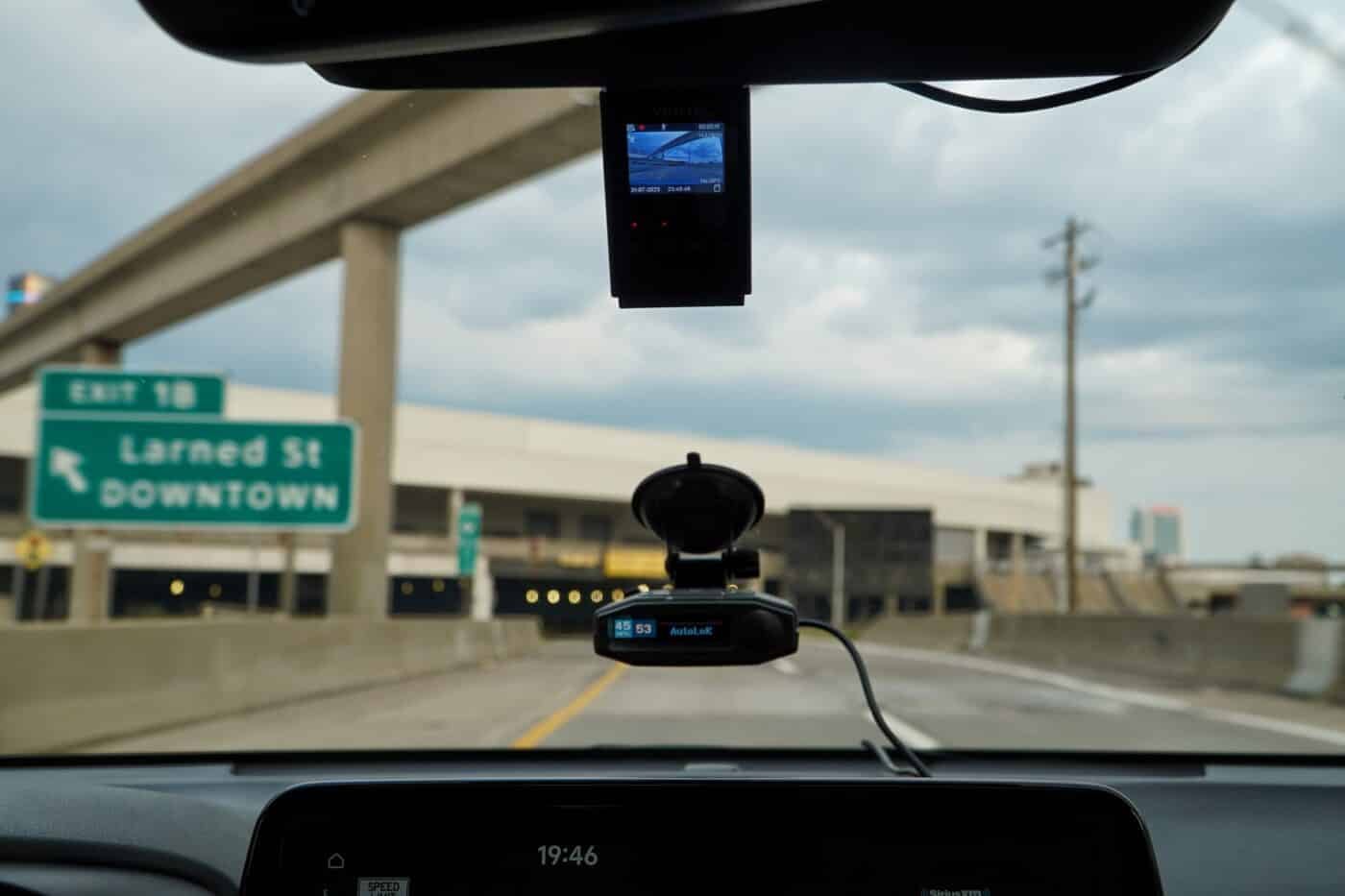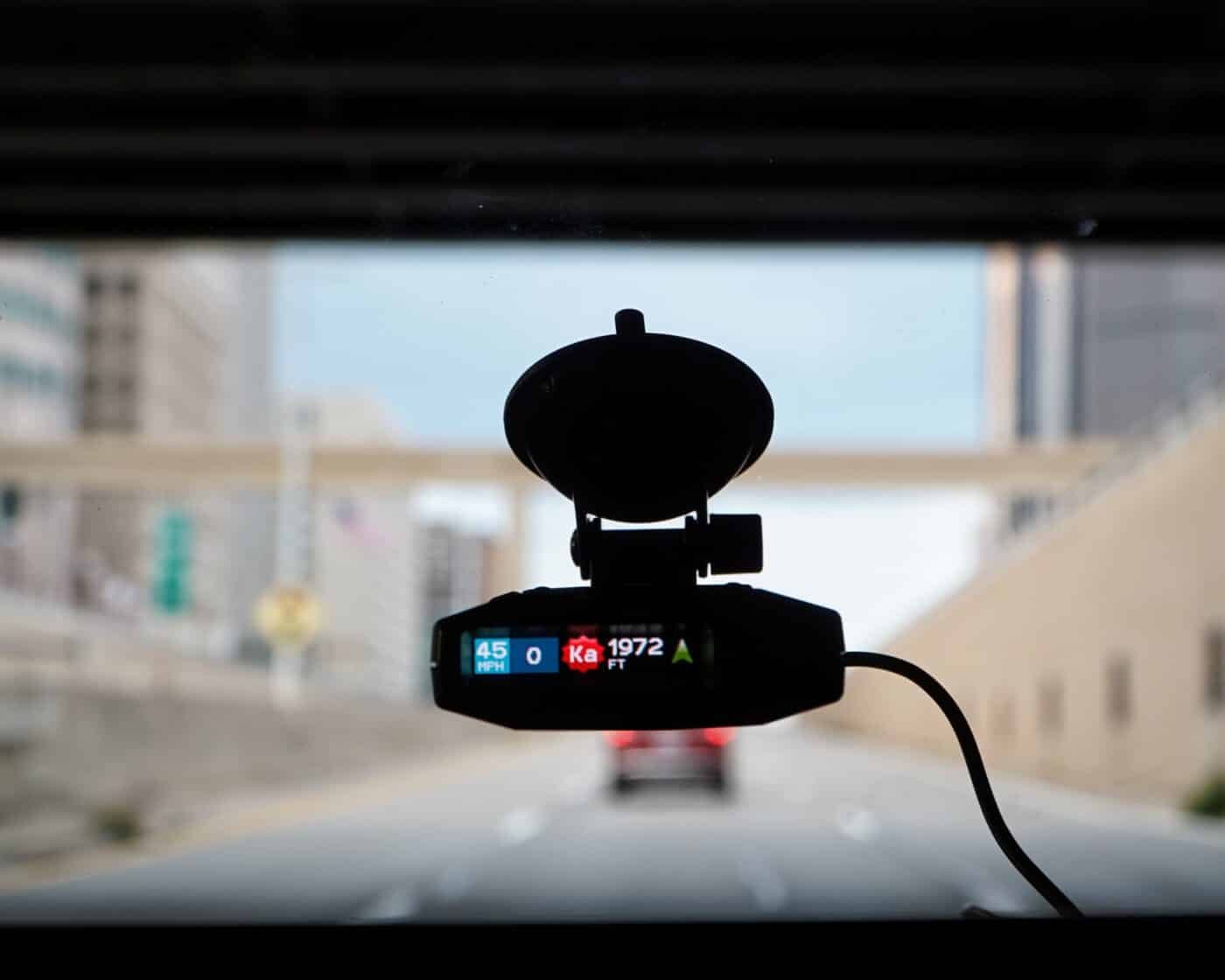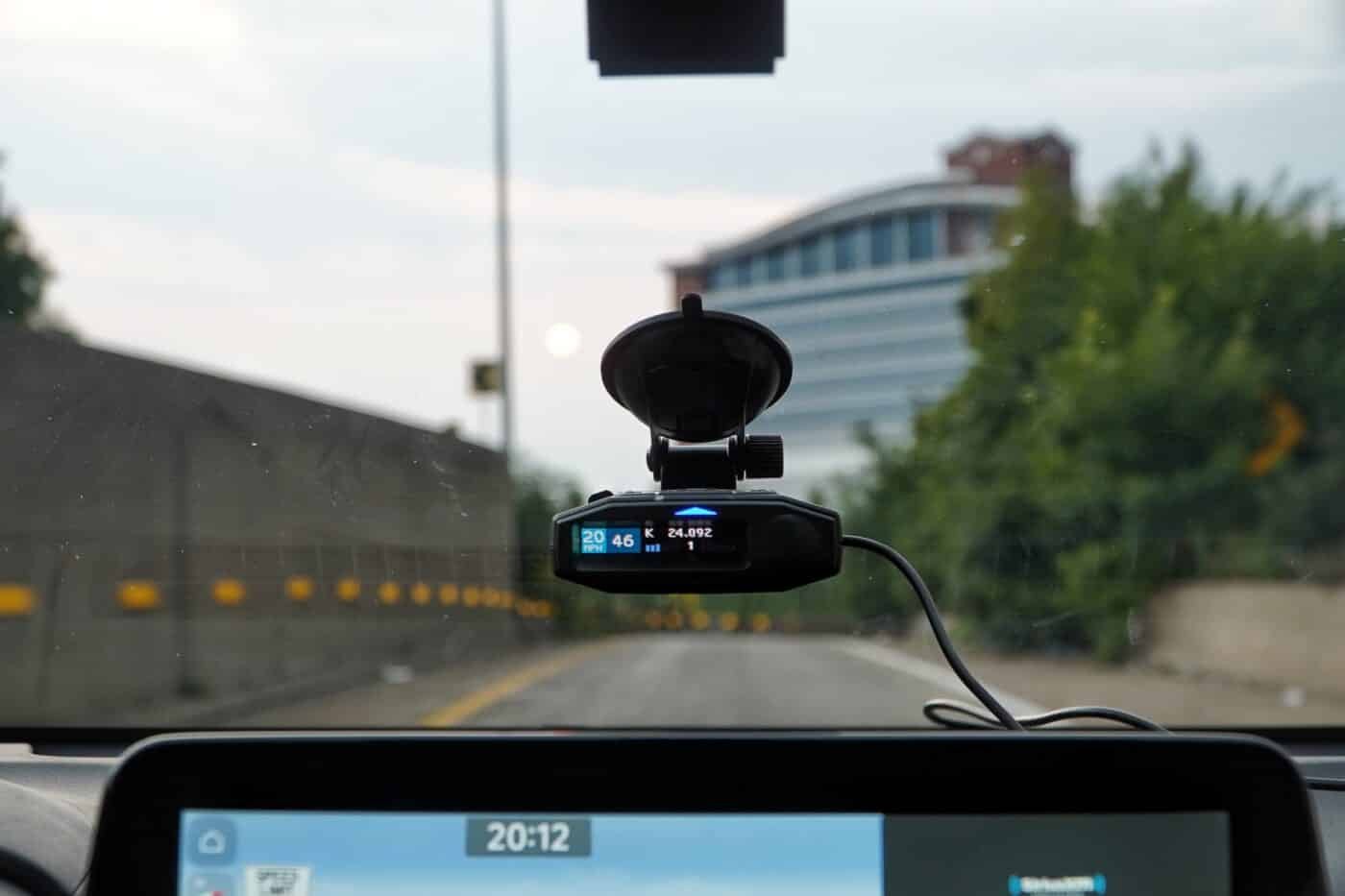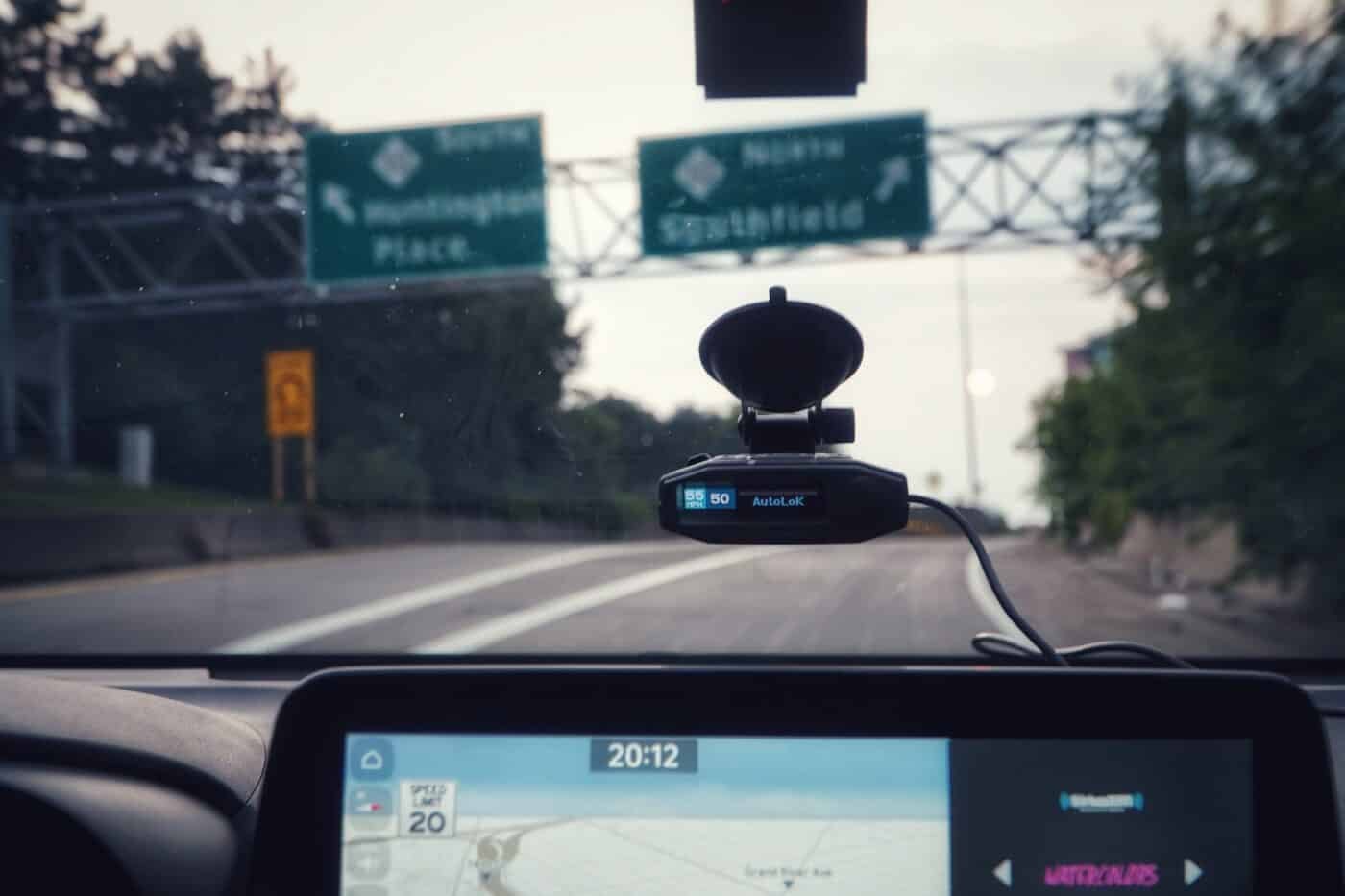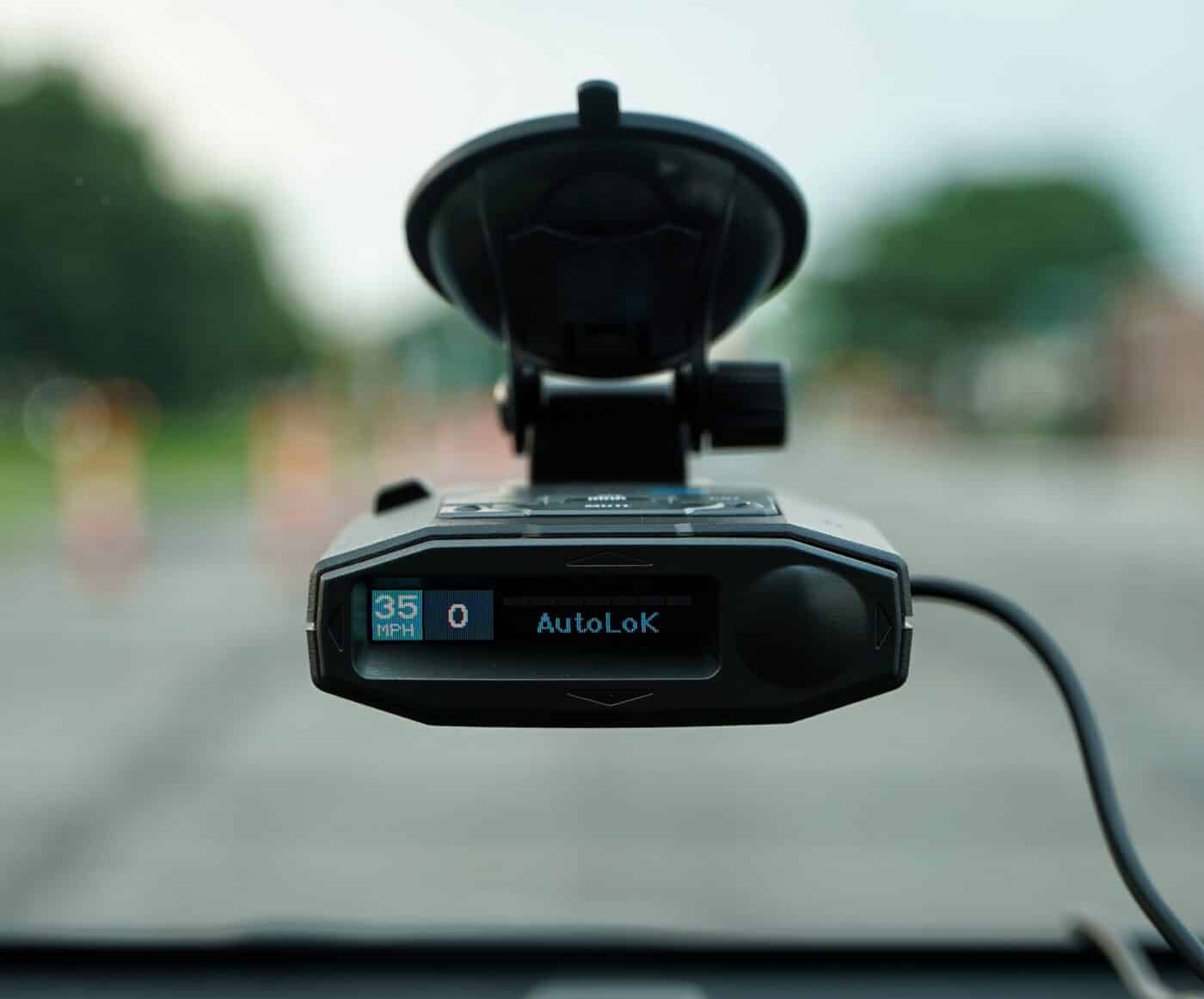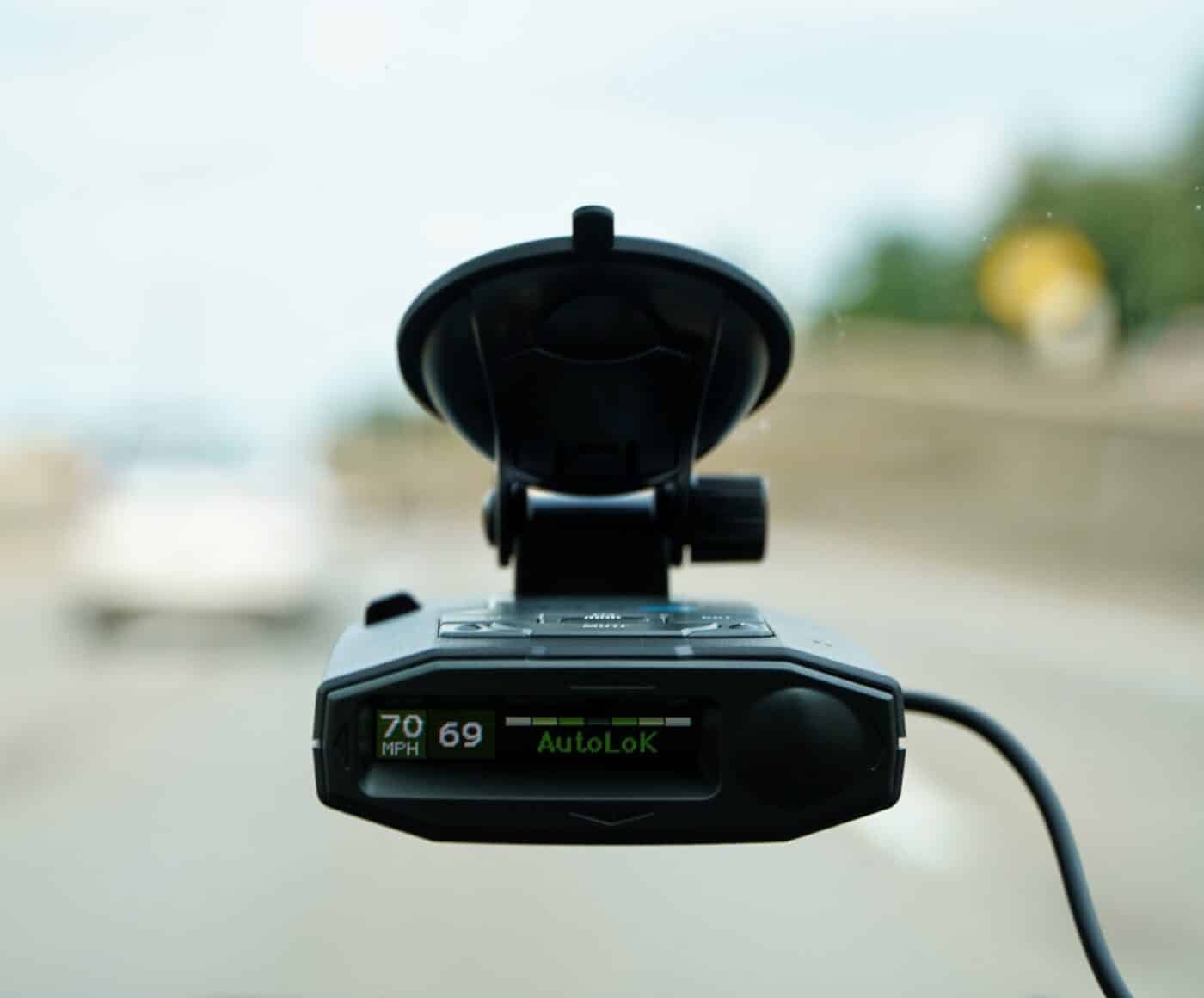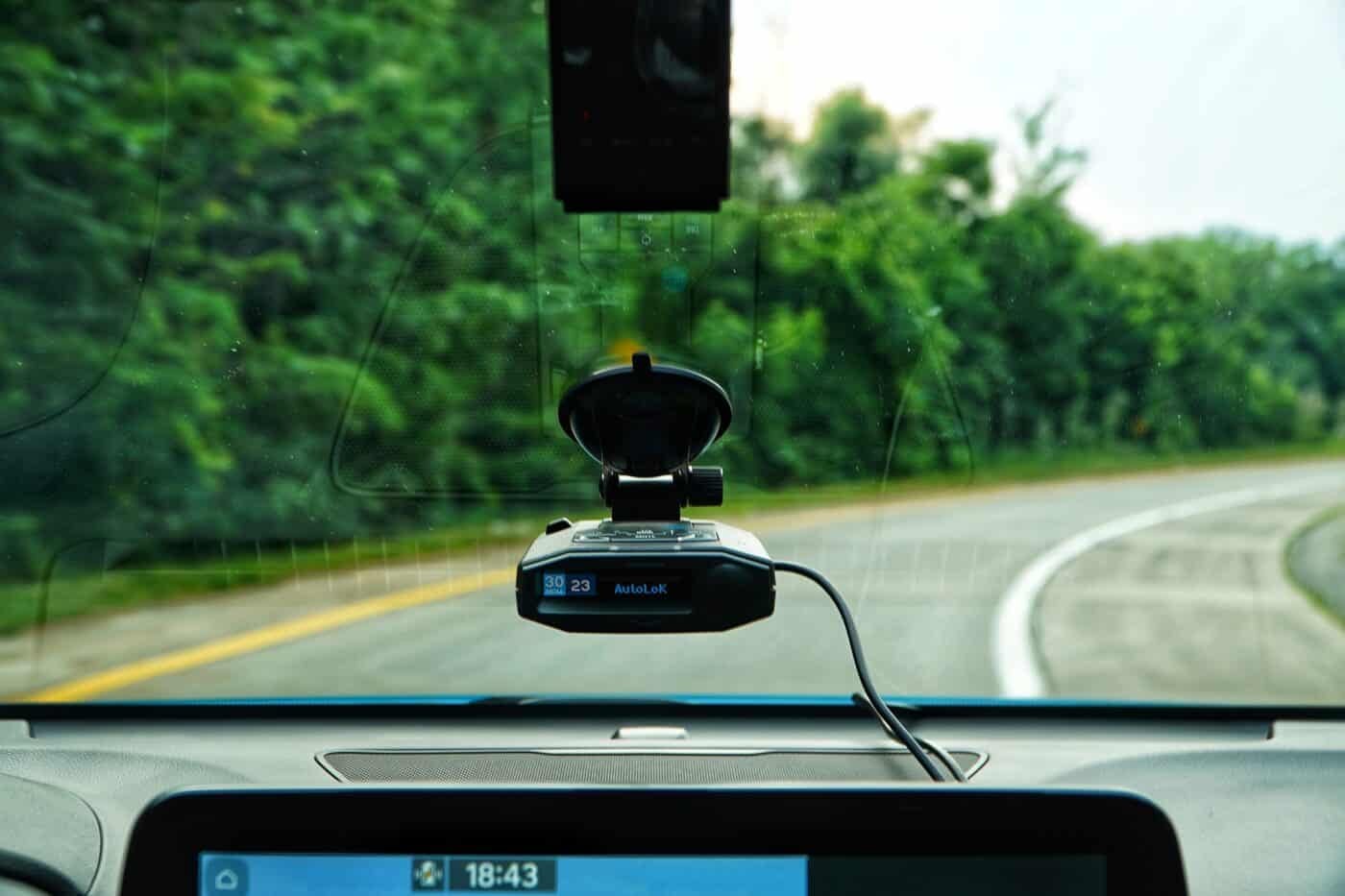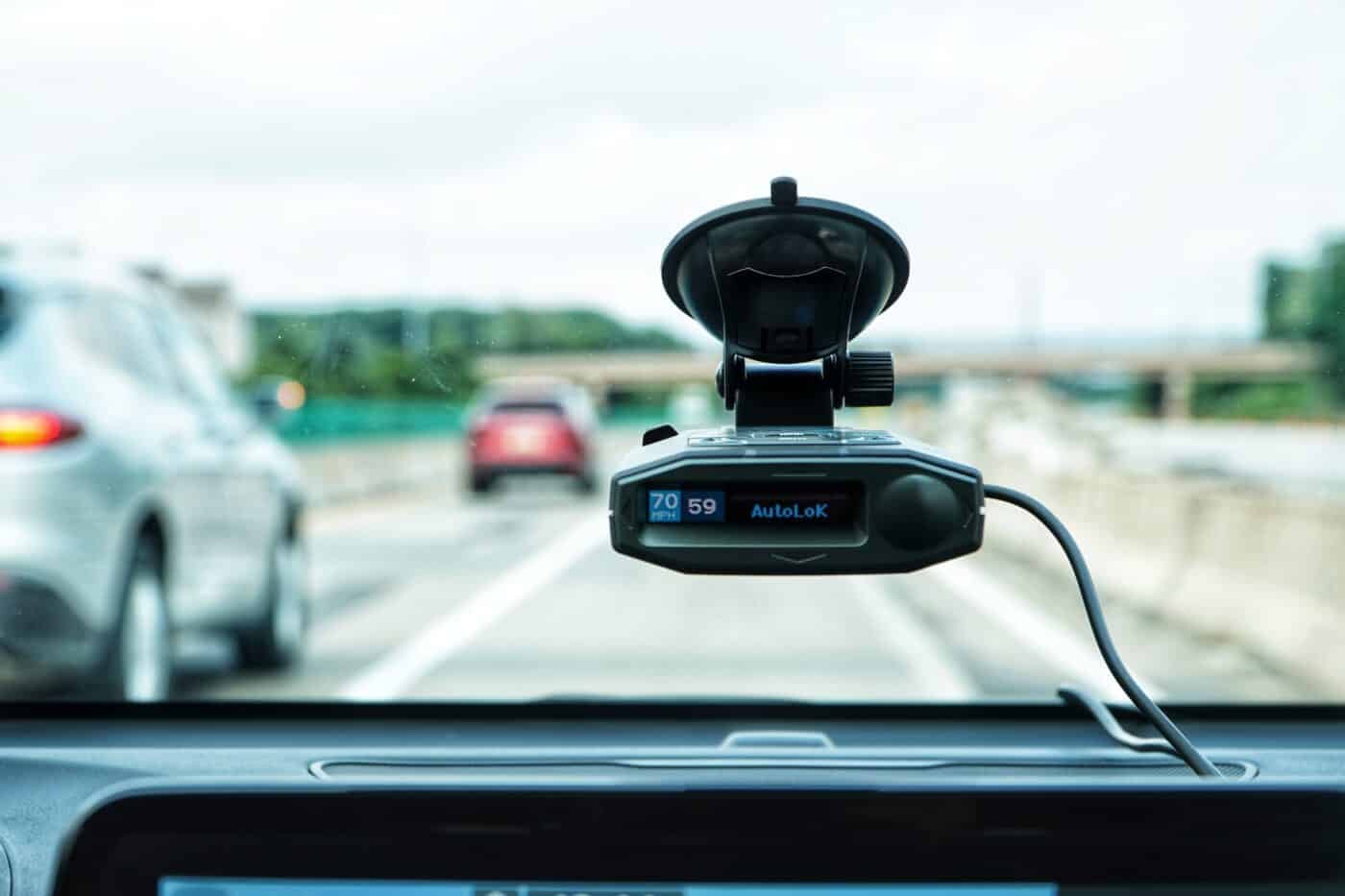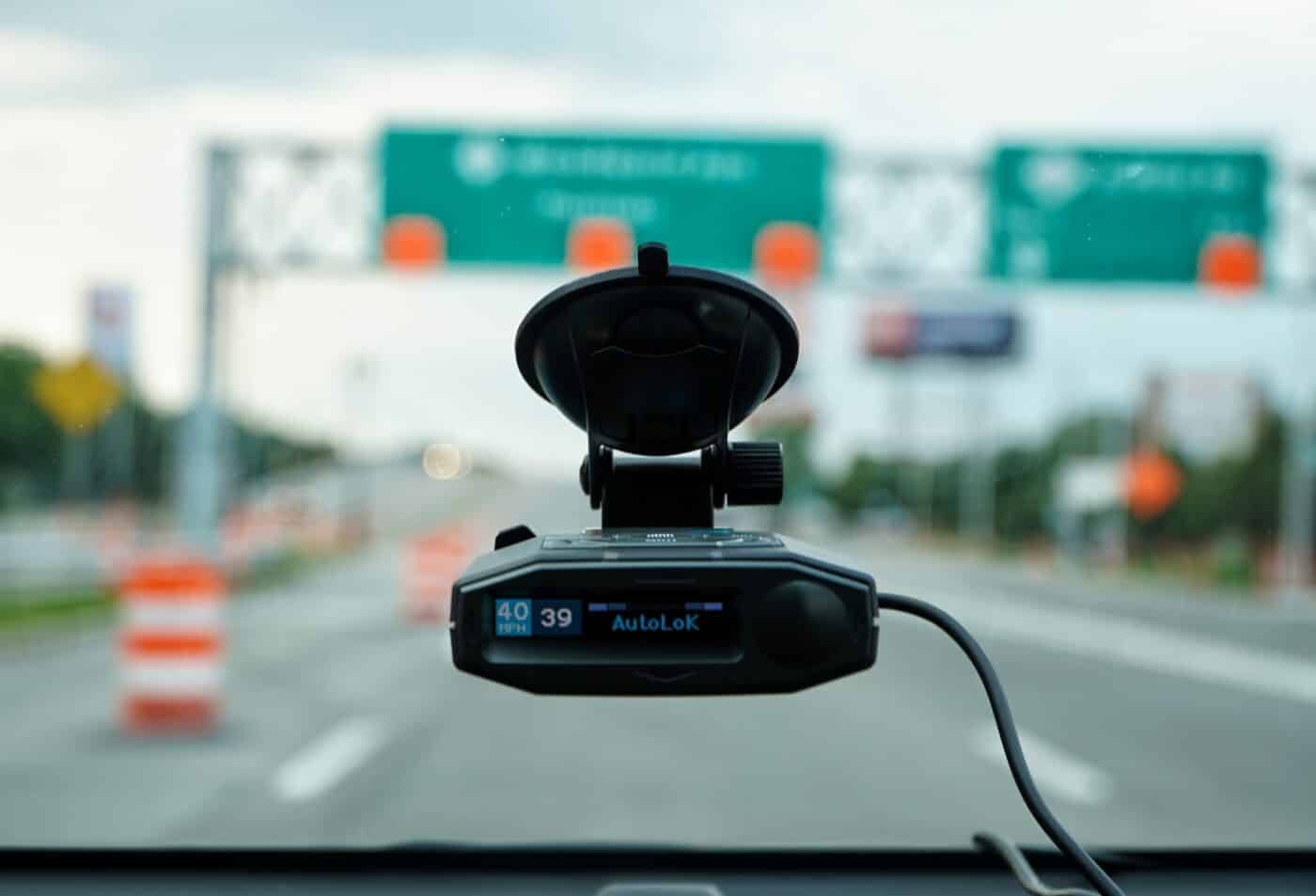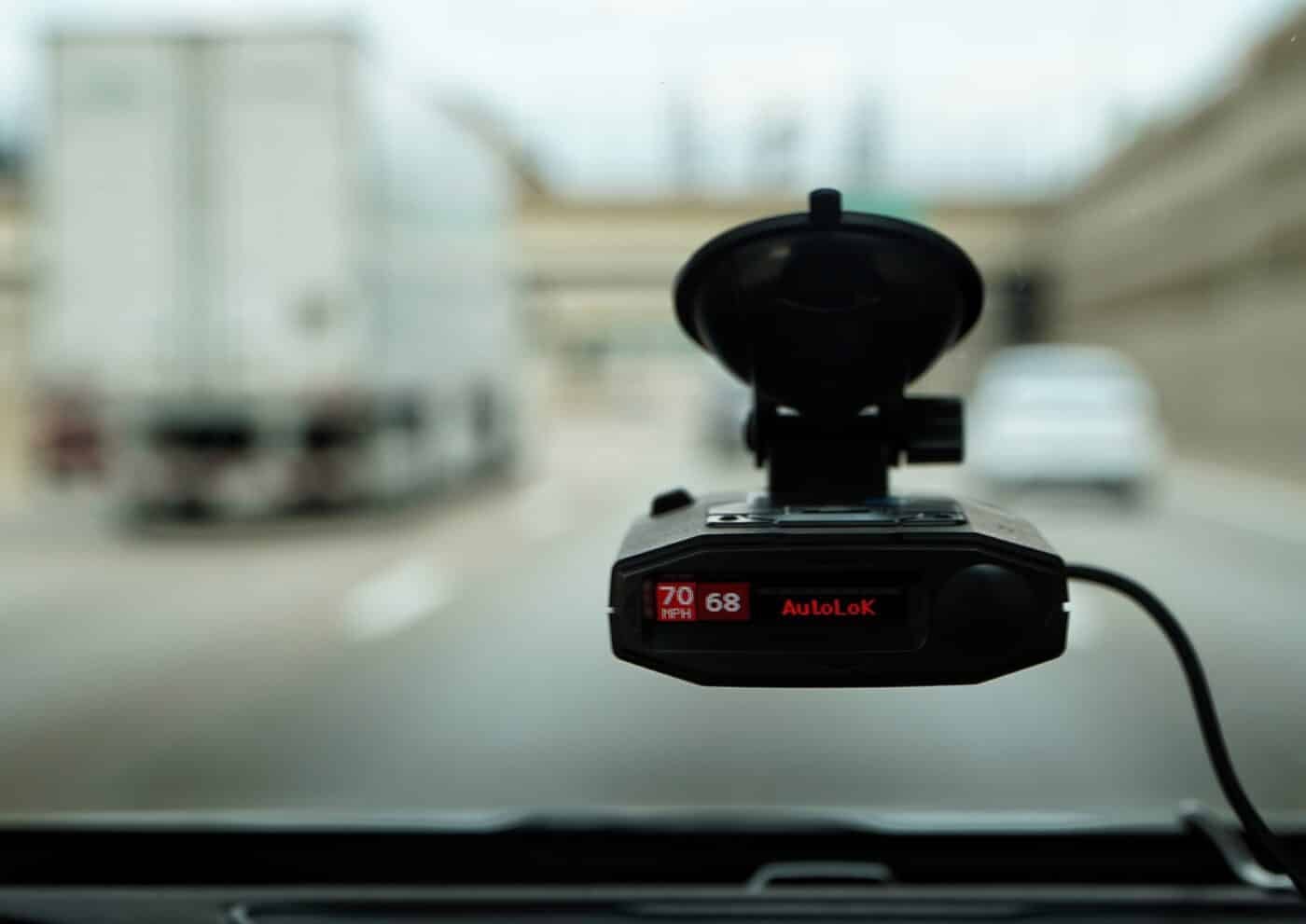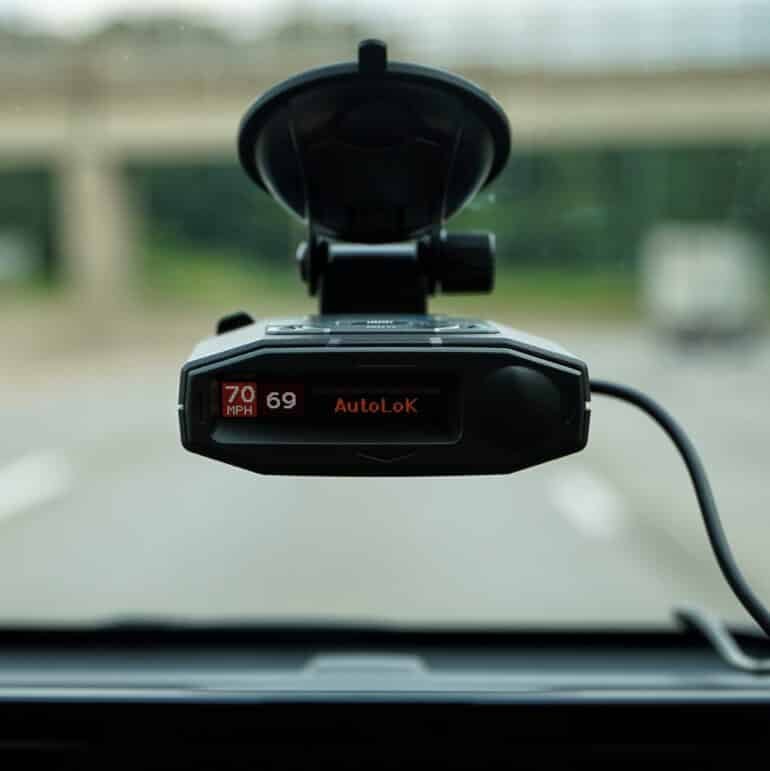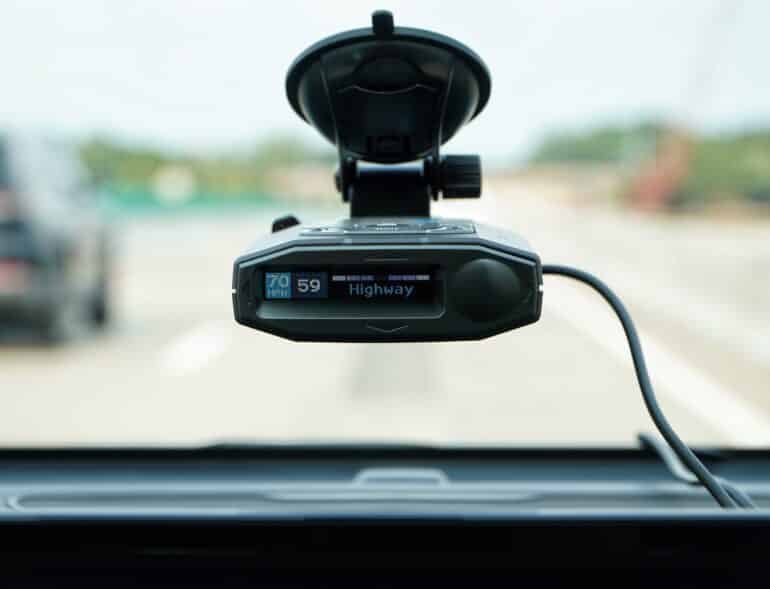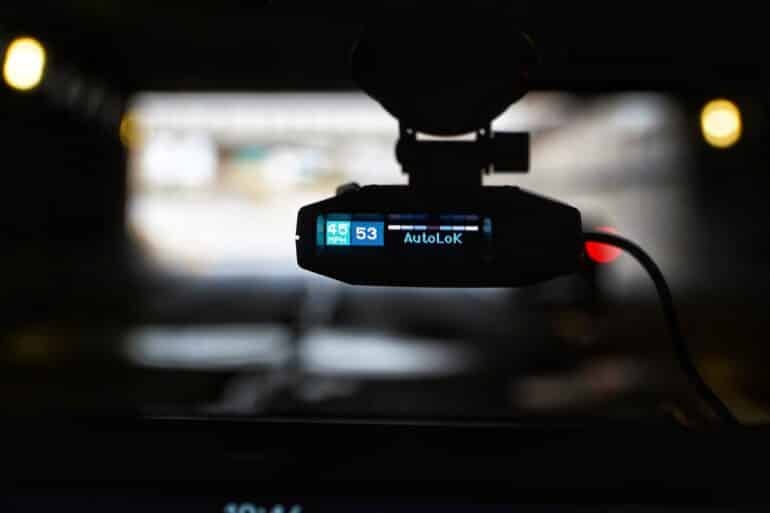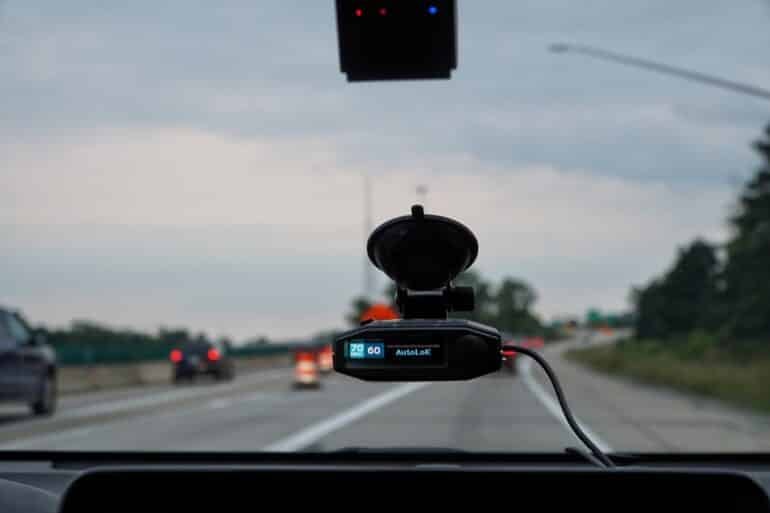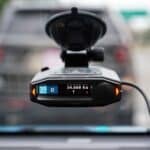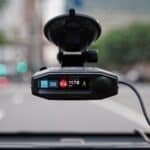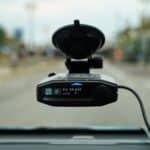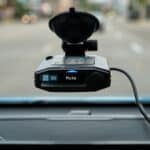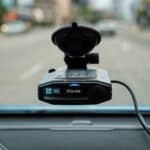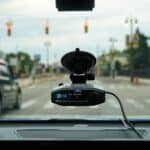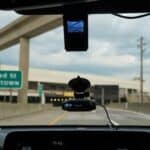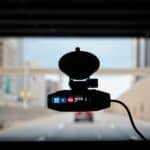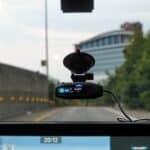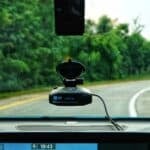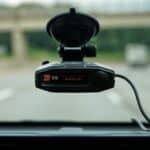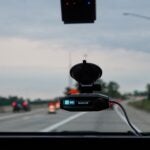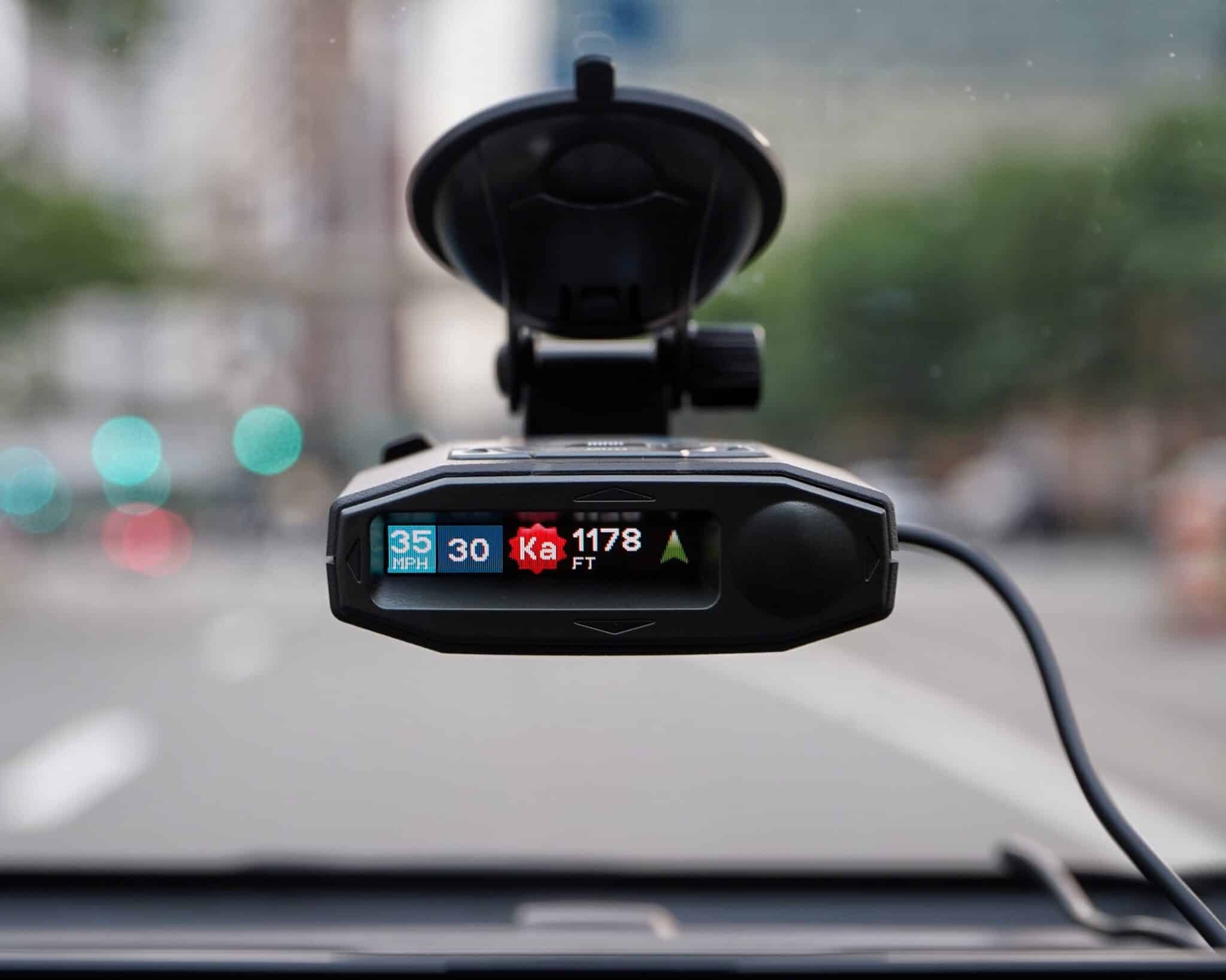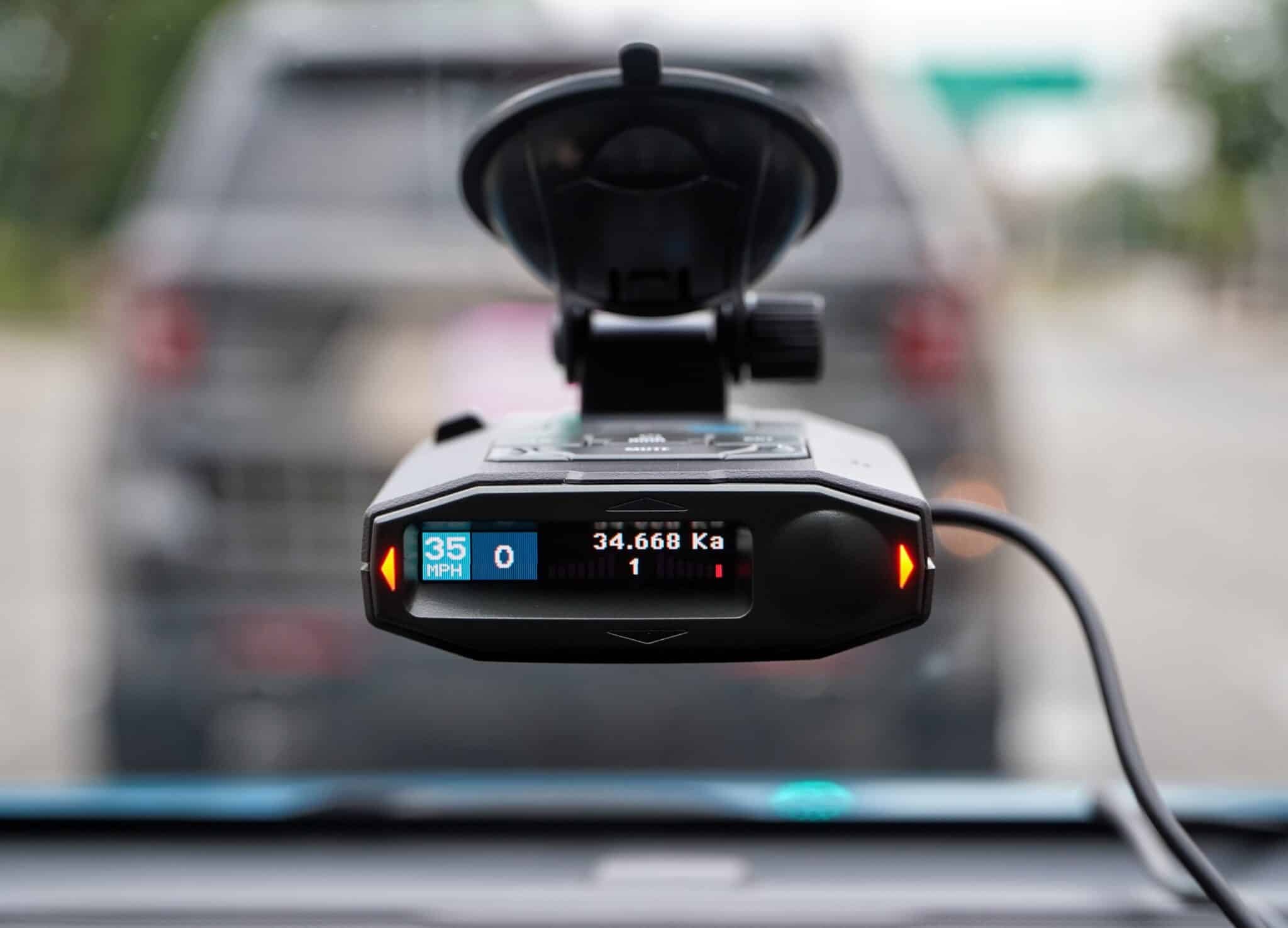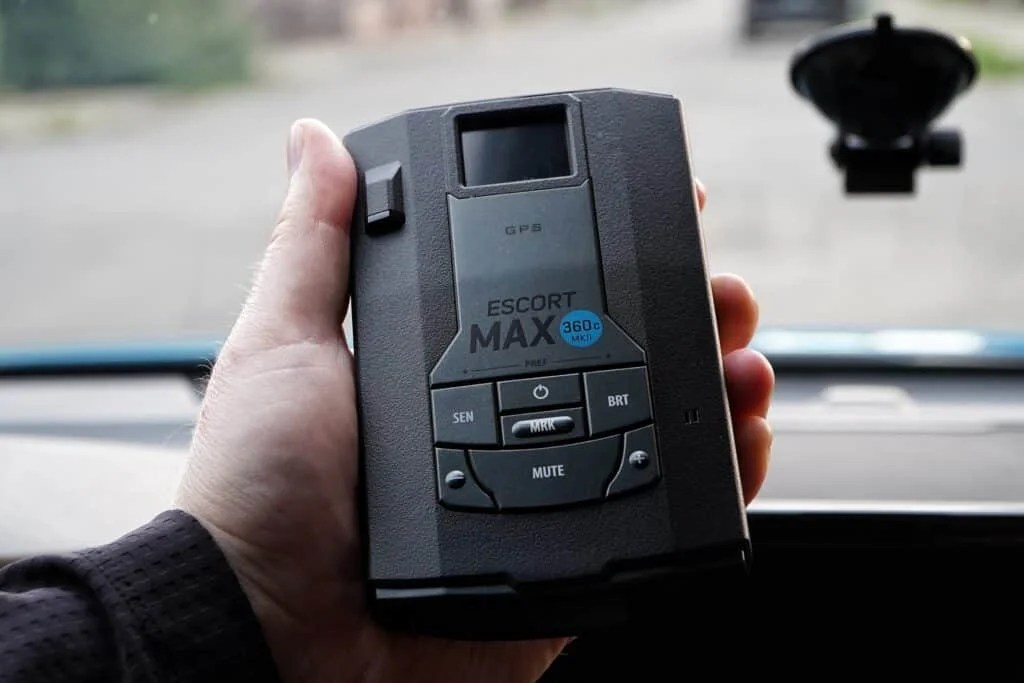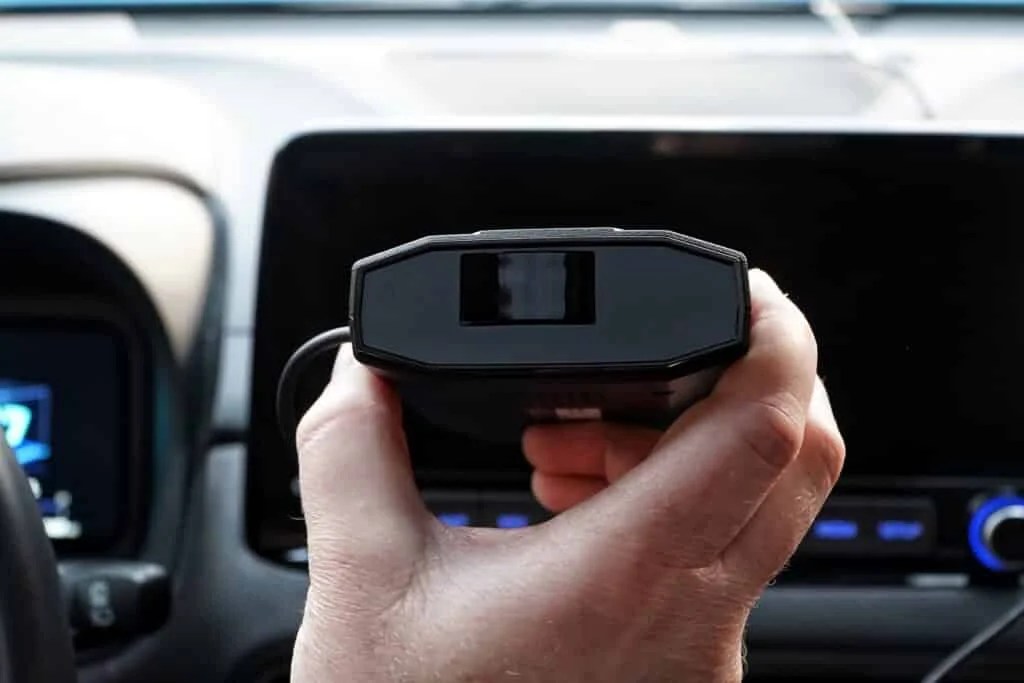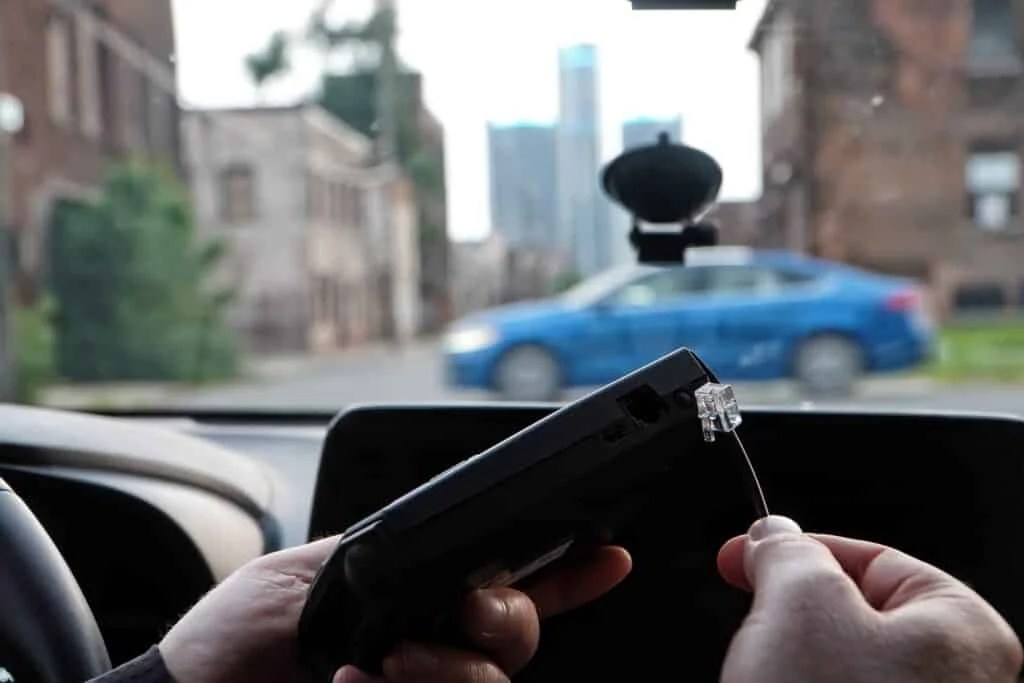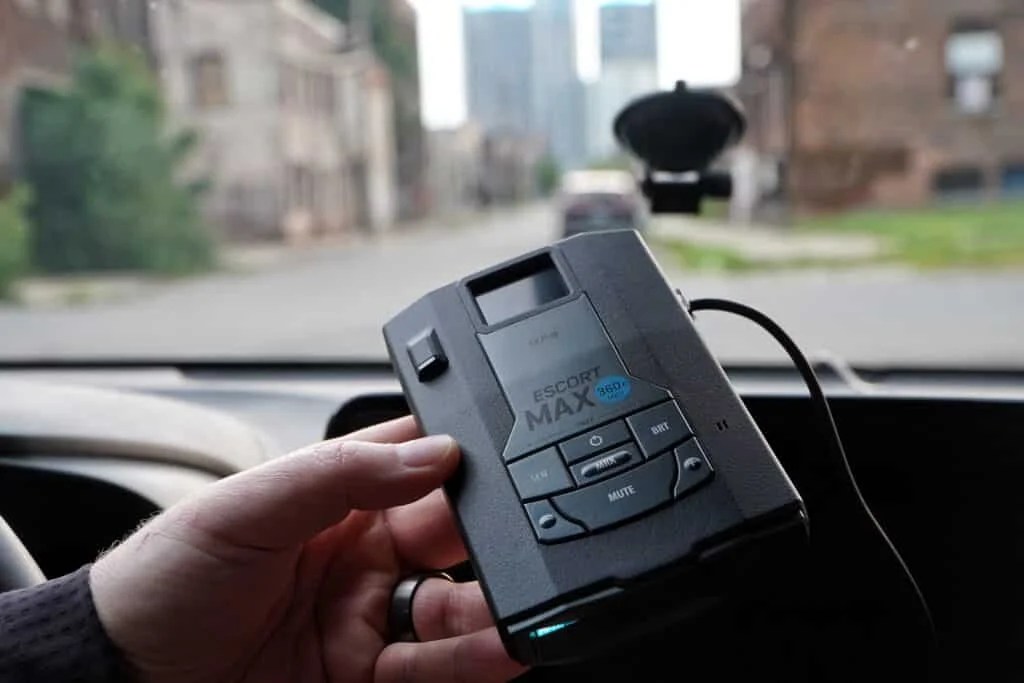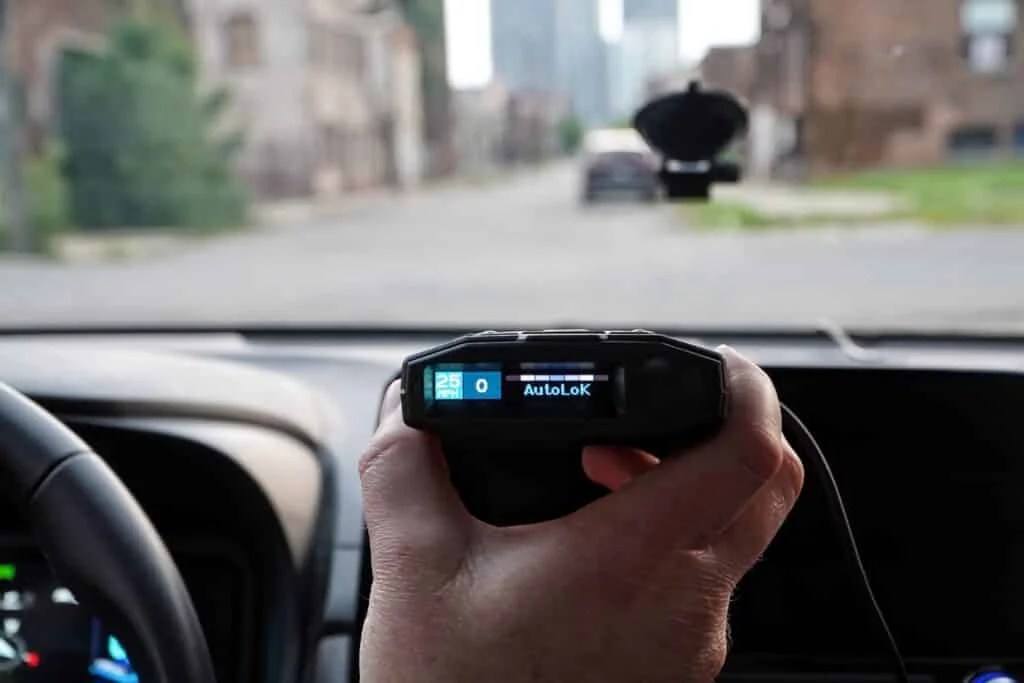Affiliate Disclosure: As an Amazon Associate, Automoblog earns from qualifying purchases. The Escort MAX 360c MKII here was supplied by Cedar Electronics, an affiliate partner. Commissions from Amazon and other affiliate partners come to us at no additional cost to you. Automoblog is a member of the Radar Detector and Countermeasures Forum to ensure truth and accountability when covering radar detectors.
The Escort MAX 360c MKII is the successor to the brand’s top-selling MAX 360c radar detector. When it debuted in September 2022, Escort said the MAX 360c MKII would provide better false alert filtering and a 50 percent improvement in detection range versus the original MAX 360c. After careful evaluation and more than a month’s worth of driving across the Detroit metro, I’m confident the Escort MAX 360c MKII is one sequel that’s better than the original.
If you are in the market for a high-end radar detector, we will cover the main features and specifications of the Escort MAX 360c MKII here, including the key differences between it and the original MAX 360c. I will also share my experience with the detector as we go along.
Escort MAX 360c MKII & MAX 360c Differences
At first glance, the two radar detectors look exactly the same, save for the darker gray hue of the MKII. The immediate difference you will likely notice is the price, which is about $50 (not counting any sales or specials Escort might be running). Normally, the original MAX 360c retails for $650 on Amazon, while the MKII goes for $700 on Escort’s official website. Here is what the extra $50 gets you.
More Muscle
I set the Escort MAX 360c MKII and the original MAX 360c on a small kitchen scale I use while making coffee. The original MAX 360c weighs 9.87 ounces (just shy of 280 grams), while the MKII weighs 10.05 ounces (about 285 grams). Even with this makeshift home test while making coffee, it’s obvious the MKII has more internal circuitry.
Better False Alert Filtering
Escort is using a new Blackfin DSP (digital signal processing) chip to increase the level of false alert filtering. Supplied by semiconductor company Analog Devices, the Blackfin is a family of embedded microprocessors designed for a wide range of applications.
With regard to the Escort MAX 360c MKII, the embedded Blackfin DSP chip helps the unit better decipher between any number of different radar signals in a given area, which ones are real threats versus false alerts, and what should be prioritized on the display. When the MAX 360c MKII detects a radar source, the Blackfin DSP chip analyzes and presents it on the display screen, showing vital information like signal strength, band types, and frequency. The ability of the MAX 360c MKII to quickly analyze and sort radar sources to this depth translates to a quieter drive with fewer false alerts versus the original MAX 360c, especially on the K band frequencies.
When you look at the spec sheet for the original MAX 360c, you will see the term “digital signal processing,” so it does have this capability to some degree (and it’s among the reasons why it’s still a top-tier radar detector today). However, the MKII takes things a step further with the more robust Blackfin DSP, putting it on par with other premium offerings from Escort that also feature the chip, like the MAXcam 360c and Redline 360c.
Digital signal processing is a fascinating and in-depth topic, and Analog Devices provides this helpful beginner’s guide if you want to learn more. While no radar detector is entirely immune from false alerts, Escort cuts them down tremendously with the integration of the Blackfin DSP.
Additional false alert filtering comes from Escort’s proprietary IVT Filter, or “in-vehicle technology” filter. The IVT Filter decreases the number of false alerts caused by collision avoidance and adaptive cruise control systems of other vehicles, which are radar-based. An additional K Notch filter can be activated in the settings menu for the same reason, reducing false alerts caused by certain cars and their radar-based collision avoidance systems (between the frequency ranges of 24.190 and 24.210 GHz). Here in Detroit, I have the K Notch filter on.
Range Detection
While the Blackfin DSP provides excellent discernment when separating real threats from false alerts, Escort’s next-generation, dual-antenna platform translates to increased range detection for the MAX 360c MKII. Like the original MAX 360c, the MKII also has directional alert arrows thanks to the dual-antenna platform, which identifies if the threat is in front of or behind you. However, the difference in range detection between the two detectors is noticeable while navigating high-traffic and well-patroled areas here in Detroit, like I-696 and Telegraph Road.
Not that we had any complaints in the range department with our original MAX 360c, but our new MKII picks up Michigan State Police and Wayne County Sheriff Deputies running constant-on Ka band from a bit farther out, which has been a pleasant but welcome surprise.
On Telegraph Road specifically, law enforcement will stay in the far left lanes, so it’s easy for them to whip around via a Michigan Left and catch speeders heading towards them. With the wider expanses, hills, and turns on Telegraph Road, it’s relatively easy for law enforcement to hide in plain sight in heavy traffic with a non-descript Ford Explorer or Chevy Tahoe patrol vehicle. The upgraded dual-antenna platform of the Escort MAX 360c MKII makes it well-suited for areas like this, providing more advanced notice versus older Escort radar detectors if an officer is traveling toward you.
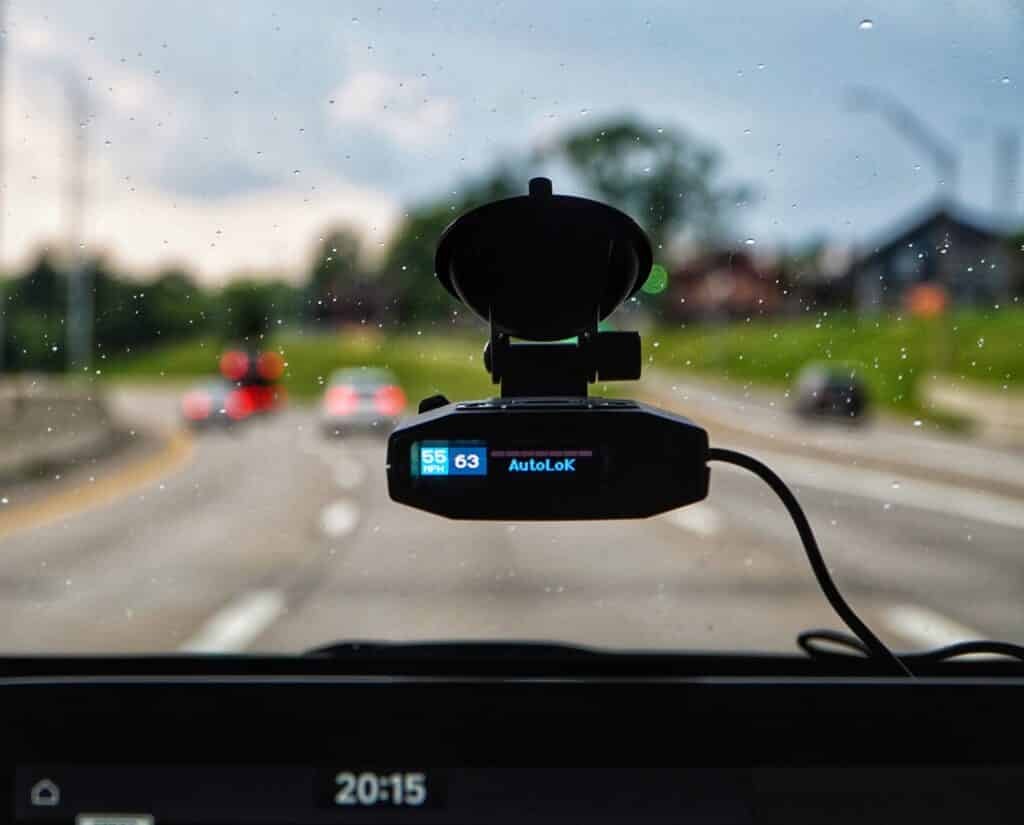
Escort MAX 360c MKII & MAX 360c Similarities
Perhaps the most significant similarity is the “connected” aspect of these two radar detectors, which is what the “c” stands for. Essentially, the original MAX 360c and the newer MKII can connect to Wi-Fi via your home router or mobile hotspot for two primary reasons: firmware updates and accessing the accompanying Drive Smarter app without turning on Bluetooth. When paired to Drive Smarter, your phone will receive real-time threat notifications in your area, be it a radar source, red light camera, or police patrol, as reported by other Escort owners using the app (i.e., shared alerts).
I’ve always viewed the Wi-Fi capability (and Drive Smarter app) of the MAX 360c detectors as a helpful, peace-of-mind companion if you want to squeeze every ounce of juice out of your countermeasure setup. For example, each time the Escort MAX 360c MKII connects to a Wi-Fi hotspot, it automatically checks for firmware updates, which can be advantageous if you are on the road and driving in an area you are not accustomed to.
In addition to performance tweaks, firmware updates from Escort will often include updates to its ongoing red light and speed camera database, which is also helpful if you are driving for a few days in a new area. If a firmware update is available, the MAX 360c MKII can do it automatically once the Wi-Fi connection is established.
I still prefer to perform firmware updates on my desktop via the Detector Tools Portal on Escort’s website. Firmware updates take less time with a hardwired connection to your computer than over Wi-Fi. However, I lose the advantage of real-time, on-the-fly firmware updates if I am not at my computer for whatever reason (I’ve done firmware updates while waiting in the cell phone lot at the airport for family to arrive, for example, when I know I have some extra time on my hands).
If you want to experiment with the Wi-Fi connection for firmware updates and the Drive Smarter app, turn the Wi-Fi option on via the detector’s settings menu and enable your hotspot, either in your vehicle or on your phone.
Escort MAX 360c MKII In-Depth: What It Offers
The MAX 360c MKII comes with a 12V power cord, a suction cup windshield mount (Escort calls it an “EZ Mag Mount”), a carrying case, and a quick start guide (you download the complete owner’s manual from Escort’s website). The 12V power cord has a USB port on the backside, so you can still charge your phone. It’s a nice feature if your vehicle doesn’t have a wireless charging pad.
Along with increased range detection and better false alert filtering, here is a summarized list of some other top features of the Escort MAX 360c MKII.
Band Detection: Ka, lidar, Mesta Fusion
The Escort MAX 360c MKII will alert you to X, K, and Ka radar bands and laser (lidar) guns. Likewise, the unit detects MultaRadar CD and CT, often written as MRCD and MRCT for short. MultaRadar is usually associated with traffic light cameras and other photo enforcement devices. Unlike a standard radar gun, MultaRadar changes frequency, making it harder to catch, especially for older radar detectors. The default setting for MRCD and MRCT is off, but both can be switched on via the settings menu under the “Band Enables” tab.
The Escort MAX 360c MKII also detects Mesta Fusion, a long-range, multi-lane, and multi-target enforcement strategy supplied by French technology company IDEMIA. Mesta Fusion towers, which combine a Doppler radar and high-resolution camera, were deployed in Edmonton, Alberta, Canada after city officials received a demonstration from IDEMIA in 2017. Escort enabled Mesta Fusion detection on the MAX 360c MKII as the technology has the potential to also be used in the United States.
Under the Band Enables tab, you can experiment with four different K Narrow and 10 different Ka Narrow segmentation options or custom sweeps to really dial in the detector’s response time. Here in Michigan, Escort’s default Ka Narrow settings work for me, which allows my MAX 360c MKII to scan from 33.700 to 35.600 GHz. That seems to fall right in line with law enforcement radar guns here in Michigan, but your area might be different. If you want to experiment with segmentation filters and custom sweeps based on where you drive, Vortex Radar has an excellent guide on the topic.
Sensitivity Modes
The Escort MAX 360c MKII offers four sensitivity modes: Highway, Auto, Auto No X, and Auto Lo K, the latter being my preference here in Detroit. Highway is the maximum sensitivity mode, which essentially “opens the radar detector up,” so it’s more likely to alert to potential threats. I use this setting, but only on the open road, usually on a longer trip. Auto sensitivity is convenient as it reduces X and K band sensitivity according to your speed, while Auto No X does the same for K bands but shuts off the X bands.
I run my Escort MAX 360c MKII in Auto Lo K sensitivity mode, which lowers K band sensitivity at all times. I turn the X bands off separately through the settings menu, so I tend not to use Auto No X. However, if you buy a MAX 360c MKII, experiment and see what works best for you and what your preferences are.
AutoLearn Technology (Auto Lockouts)
AutoLearn analyzes fixed-location radar over time to determine if such alerts are legitimate or false. Should the MAX 360c MKII encounter the exact frequency in the same location approximately three times – and that frequency is deemed false – it automatically locks it out and flashes a “Stored” message.
Although you can still manually lock out false alerts, Escort’s AutoLearn feature has become synonymous with its MAX family of radar detectors, and it can be a convenient tool while driving. To lock out a false alert manually, tap the Mute button on the 12V power cord. When encountering a previously locked-out location, it will display in gray but not audibly alert.
Mark Locations
The MRK button on top of the unit will flag a location, then notify you from about a mile out the next time you are about to pass it. Unlike the lockouts (manual or automatic), the Mark Location feature is intended for areas with legitimate threats. When marking a location for the first time with the Escort MAX 360c MKII, you can specify what it is, from red light and speed cameras to speed traps. You also have an “other” option if you need to mark a location for another reason.
Is The Escort MAX 360c MKII Worth It?
If you are a radar detector enthusiast, like Escort products in general, or want the latest and greatest stuff for your vehicle, the MAX 360c MKII is worth the money. If you are running an older radar detector and want to upgrade to something with more features, the MAX 360c MKII won’t disappoint. Escort has also overhauled the Drive Smarter app, resolving a lot of the connection and crashing issues found in prior versions of the app. Drive Smarter is more user-friendly than before and should make playing around with the settings on the Escort MAX 360c MKII more intuitive and enjoyable.
By contrast, if you still need a solid radar detector but don’t necessarily need all the extra features, consider something more straightforward like the Uniden R4, Radenso DS1, or Escort MAX 3. I proudly own all three of those radar detectors, and they get the job done. When I want a good “grab and go” radar detector for my drives around Detroit, I pick one of those three (usually, the R4 is my first choice). Given the more robust internal circuity of the Escort MAX 360c MKII, it will provide better false alert filtering than the R4, DS1, or MAX 3, but that might not be a deal breaker if you want something at a lower price point.
Not counting any deals that might be running, the MAX 360c MKII is available for $700 on Escort’s official website and for the same price on Amazon. If you purchase a new MKII and have questions, join us on the forum, and we can point you in the right direction.
Carl Anthony is the Managing Editor of Automoblog and the host of AutoVision News Radio and AutoSens Insights. As a respected automotive industry thought leader, Carl has appeared on numerous podcasts and radio shows, including Wrench Nation, Cars Yeah, The Car Doctor, and Brains Byte Back, in addition to appearing as a regular contributor on MotorMouth Radio on WHPC 90.3 FM. His work can also be seen and heard 24/7 on the Automoblog YouTube channel.
Photos: Danielle Anthony.


